I’ve never noticed these flowers before; the footpath by the river being normally a winter exit from the village for me. They go by a variety of names: Policeman’s Helmet, Gnome’s Hatstand and Kiss-me-on-the-mountain to name three. But the most common name, a name which causes dread among environmental and wildlife groups is Himalayan Balsam.
It originates, as the name suggests, from the Himalayas, and was introduced into this country by Victorian plant collectors but quickly escaped from gardens and is now considered such an invasive species that much effort is put into controlling its spread. The problems are that Himalayan Balsam’s thick ground cover shades out other native plants, in winter it dies back leaving river banks exposed to erosion and its flowers produce far more nectar than native flowers. This means that bumblebees and other insects pollinators prefer the Himalayan Balsam at the expense of other wild flowers. To cap it all Himalayan Balsam has a very aggressive method of seed dispersal. A single seed can produce a plant 2.5m high in a single season with each plant producing 800 seeds and each seed being capable of being projected 7m away.
Link to map.

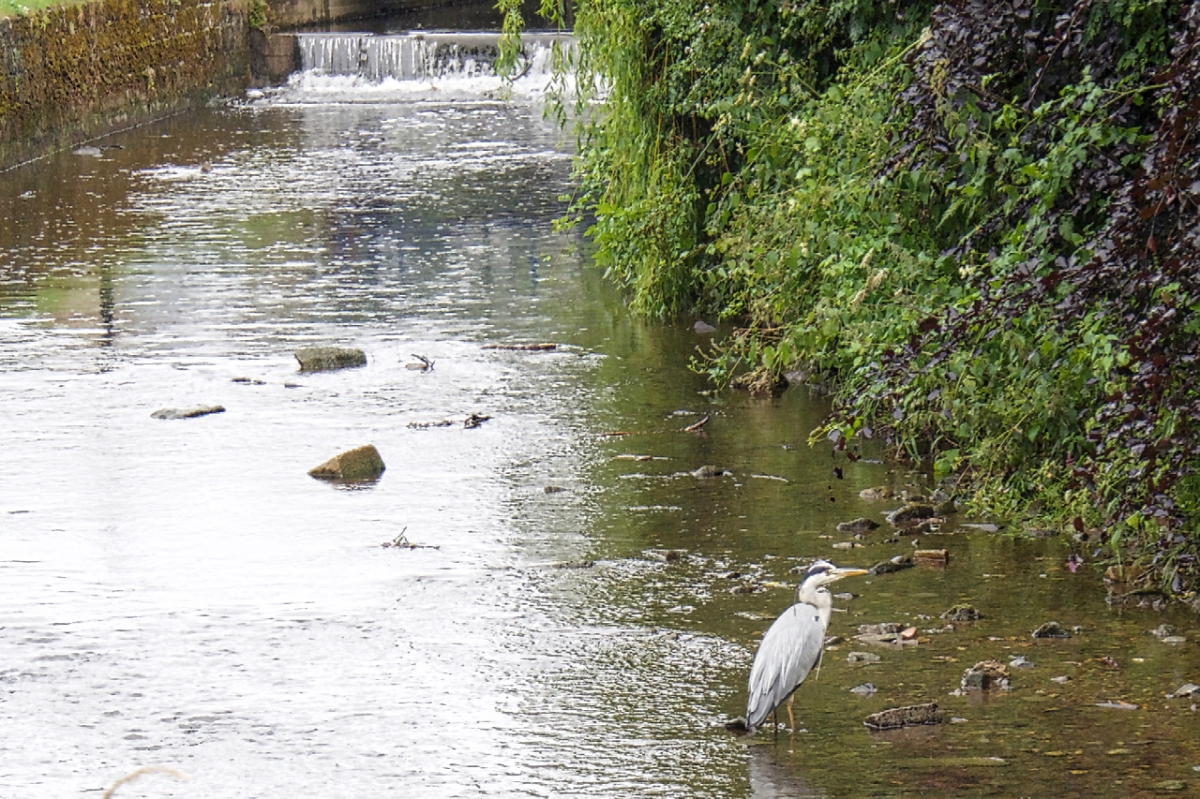
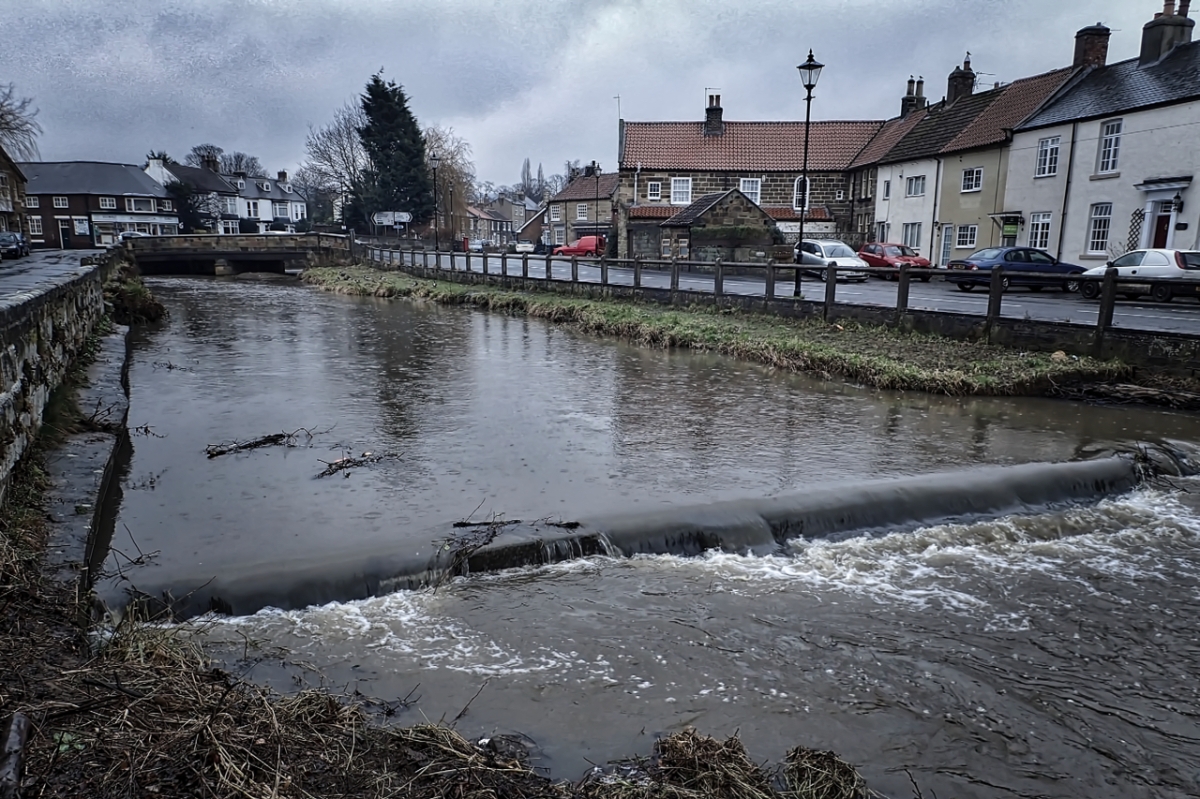
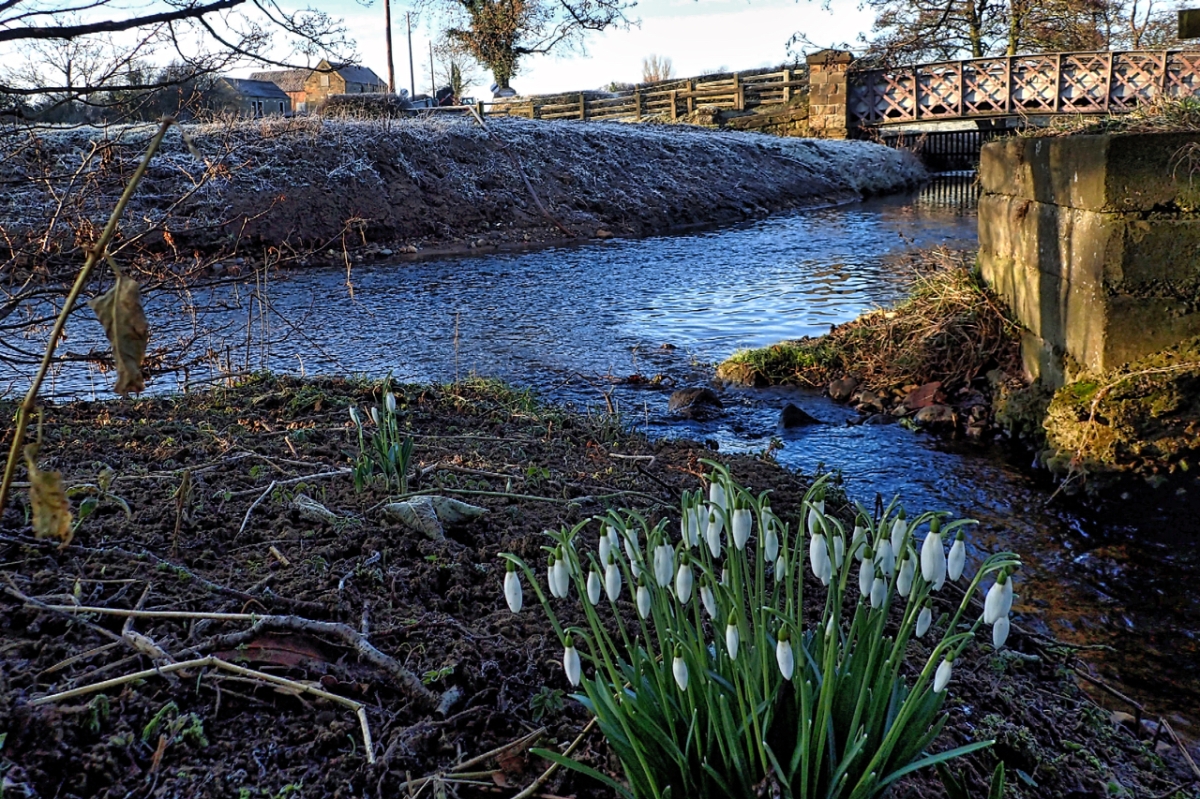

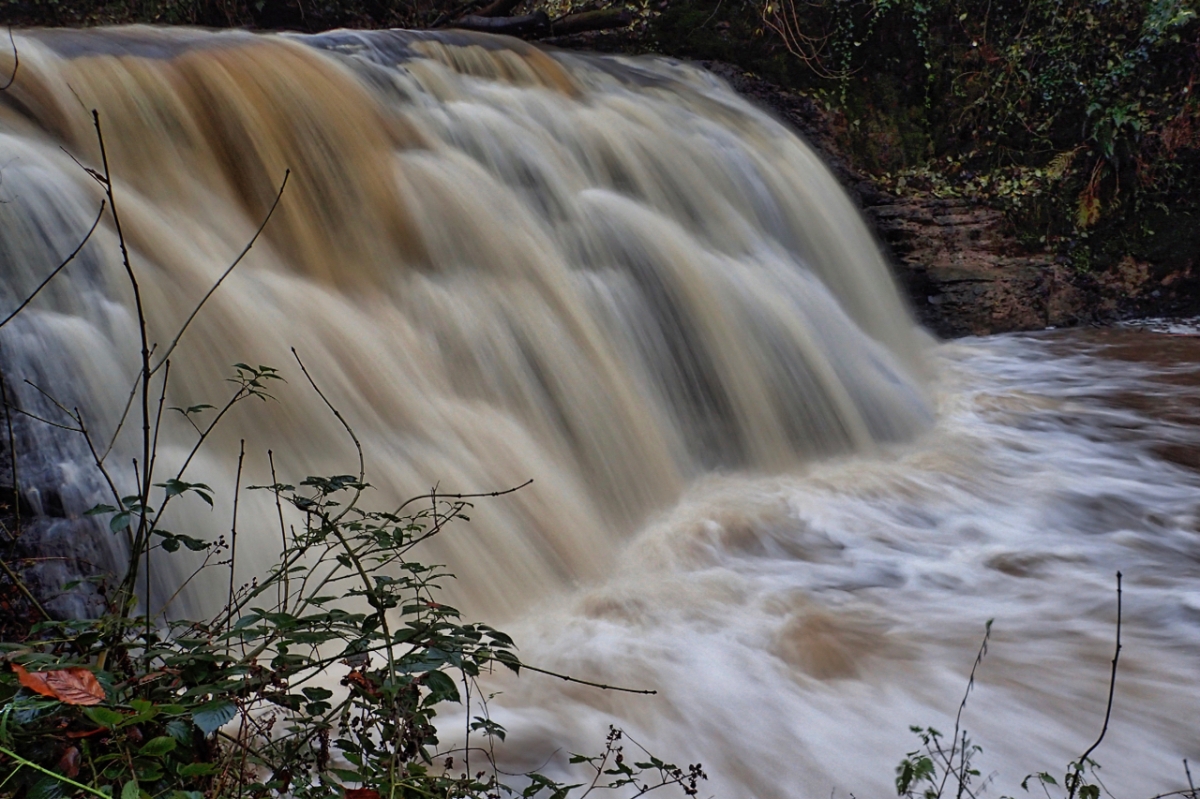

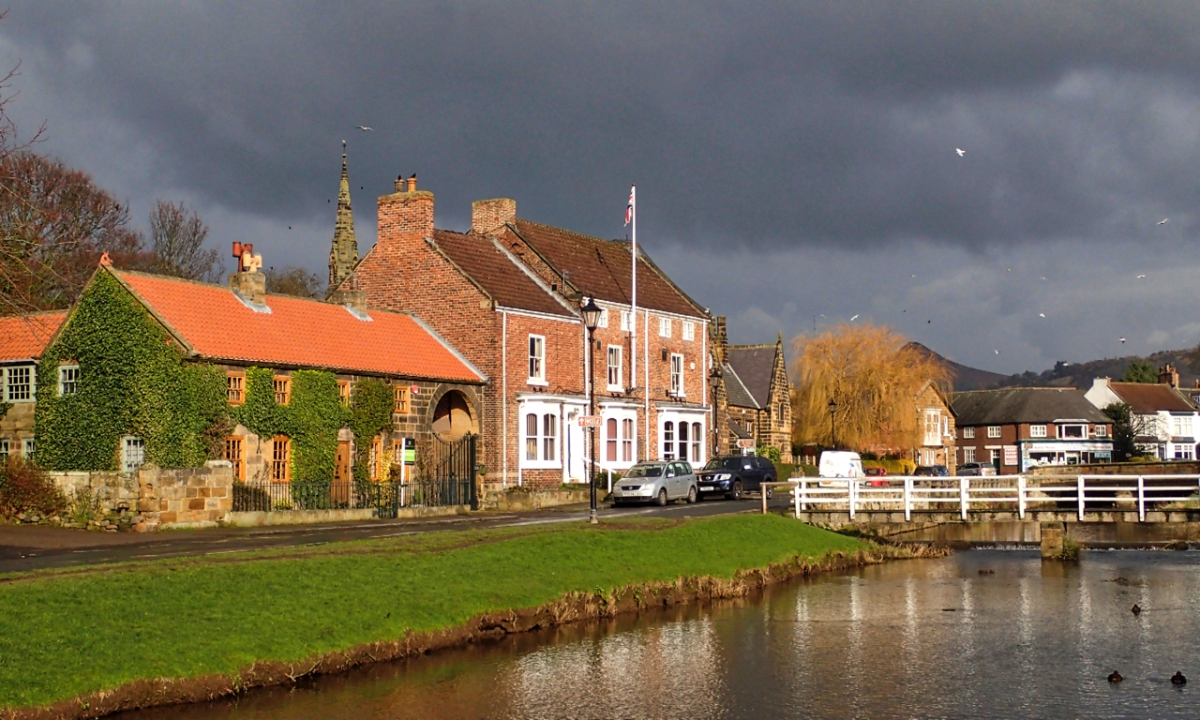
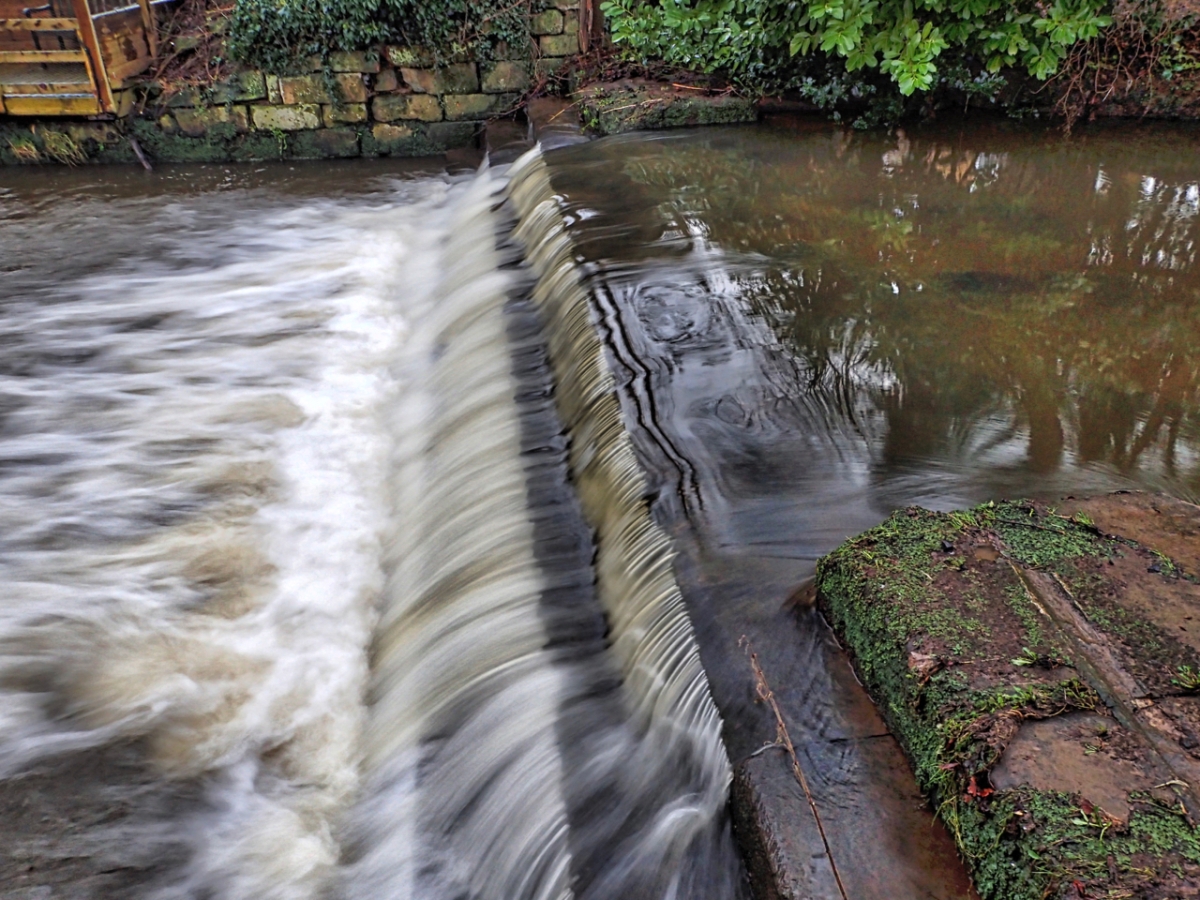
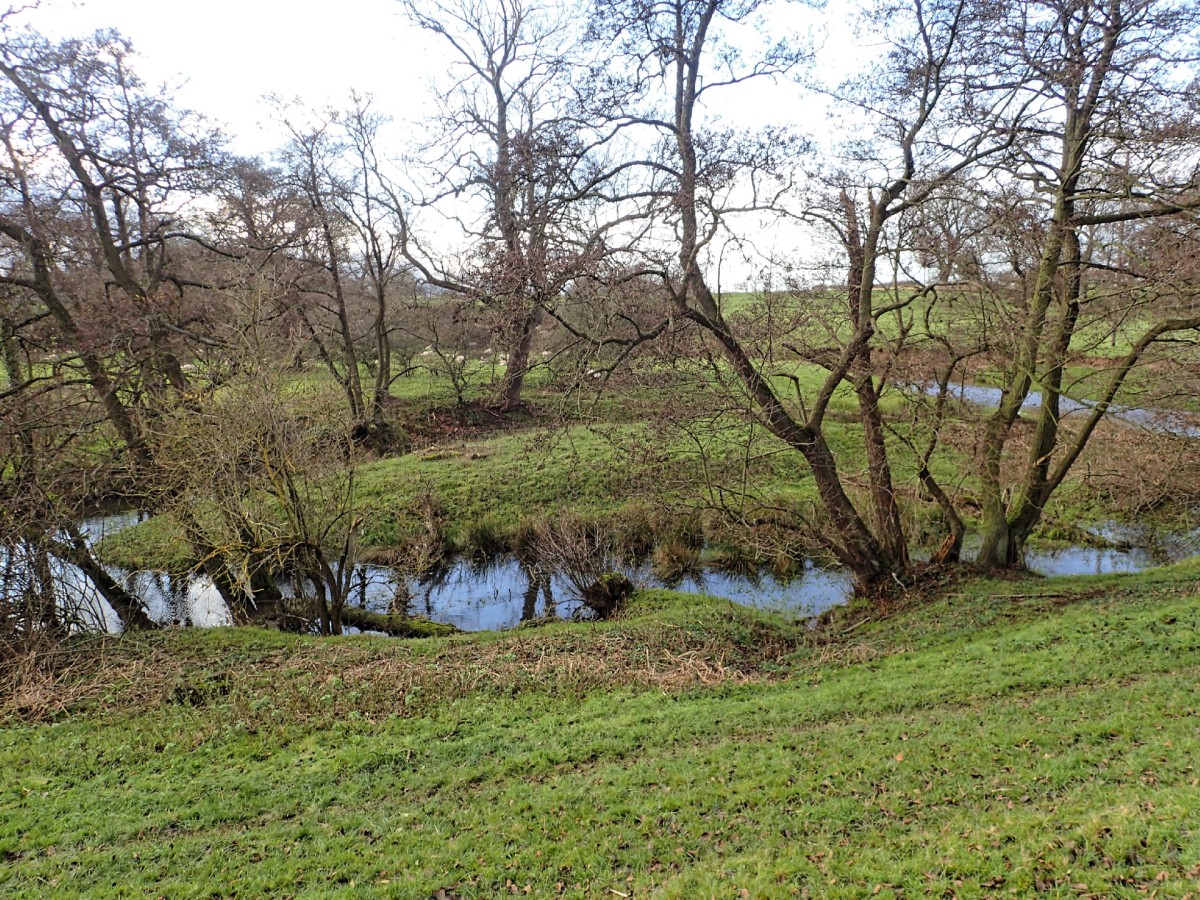

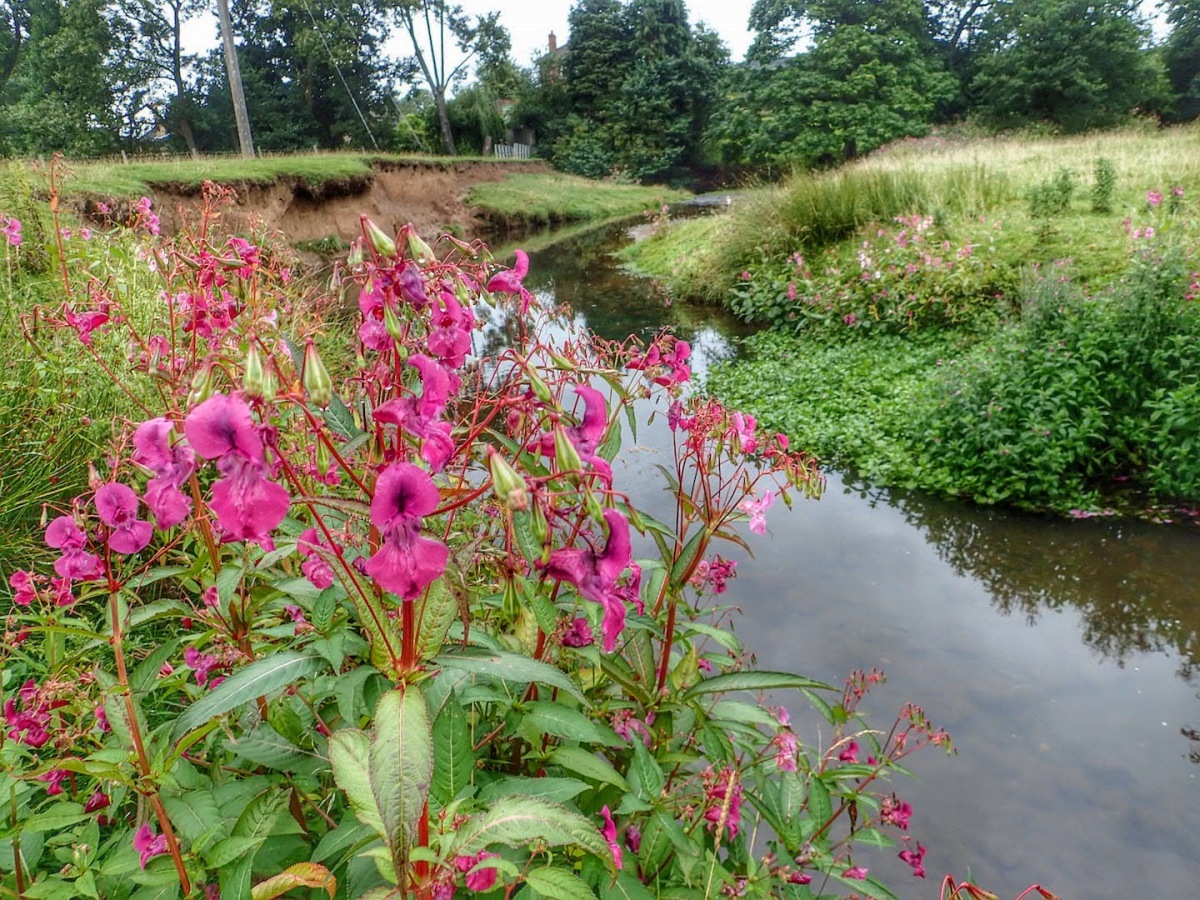
You must be logged in to post a comment.